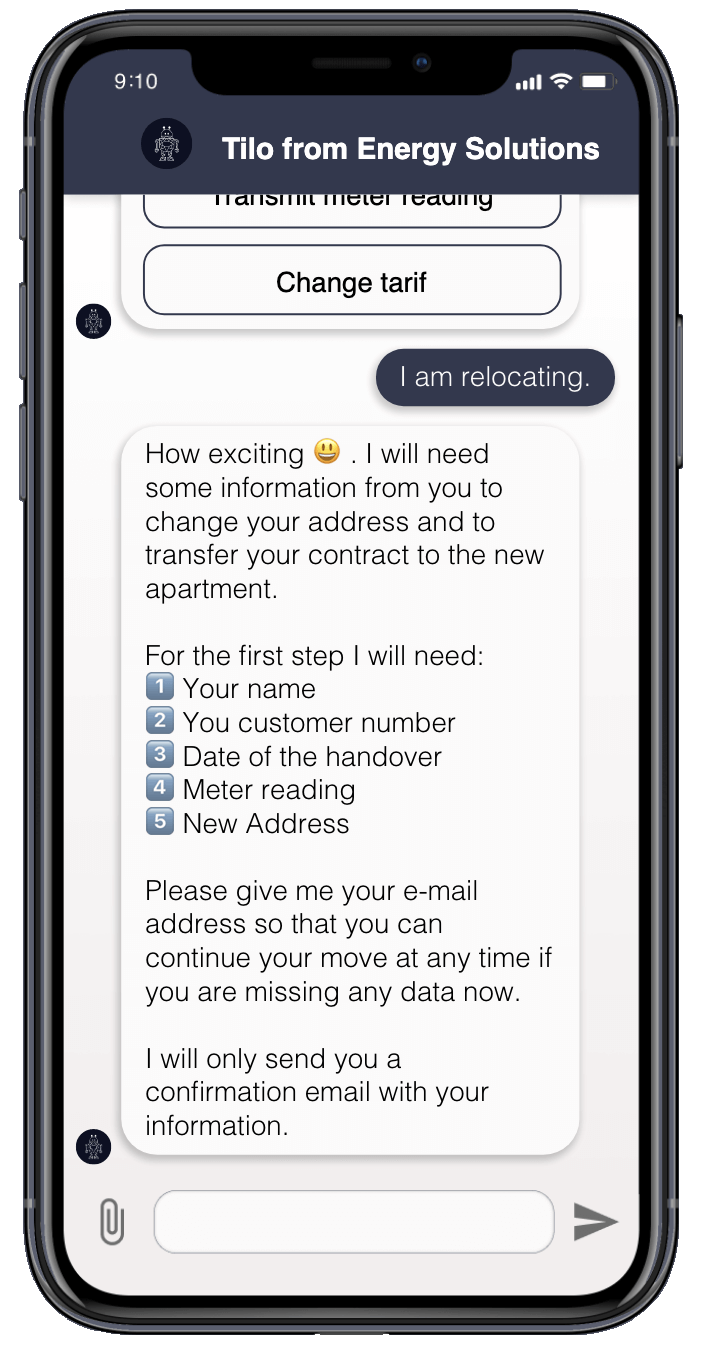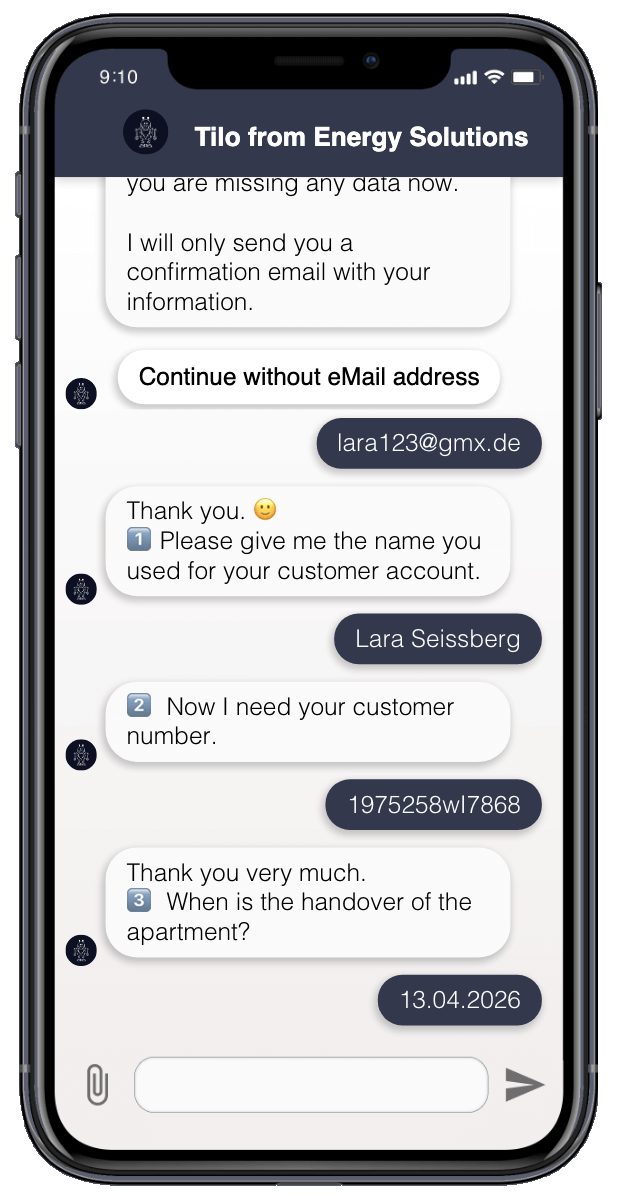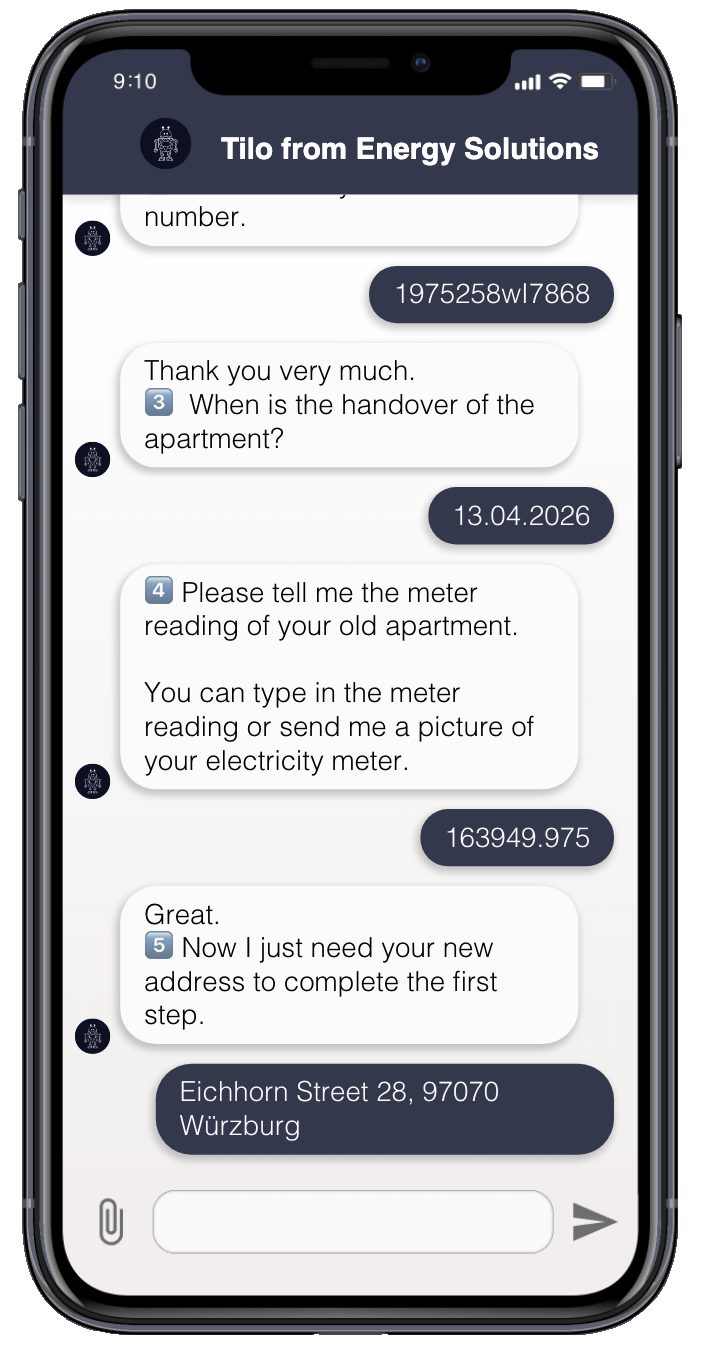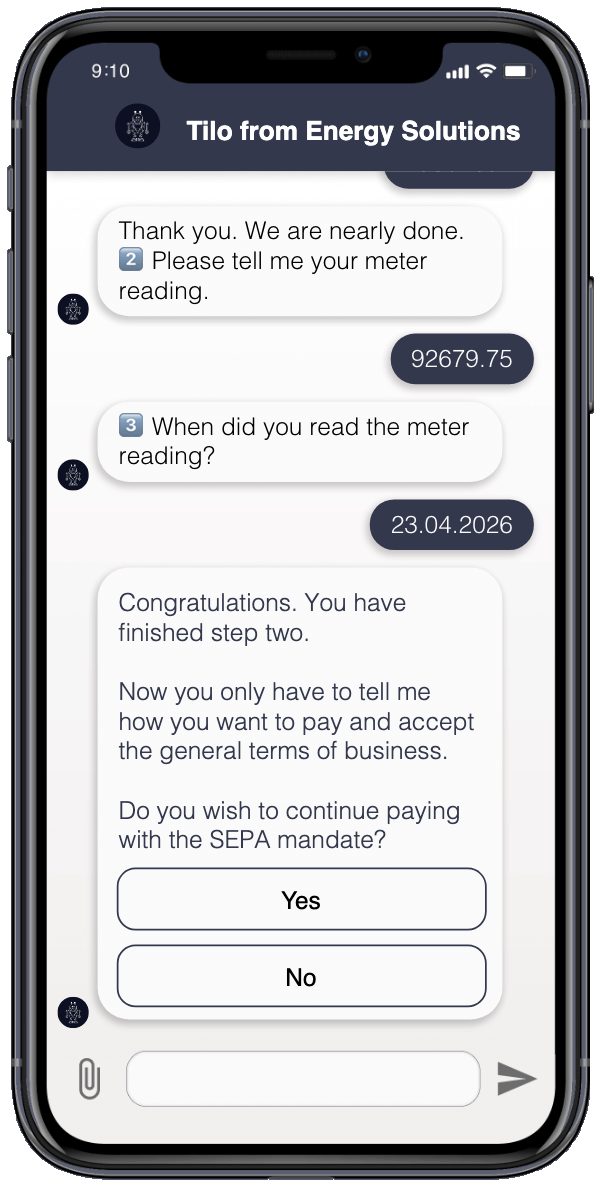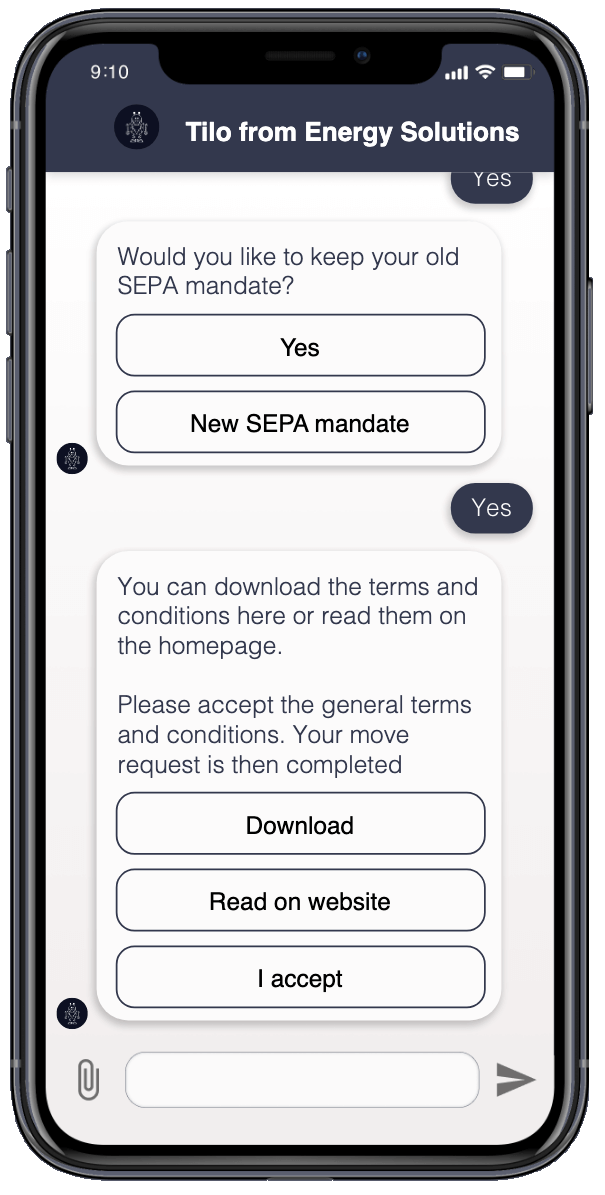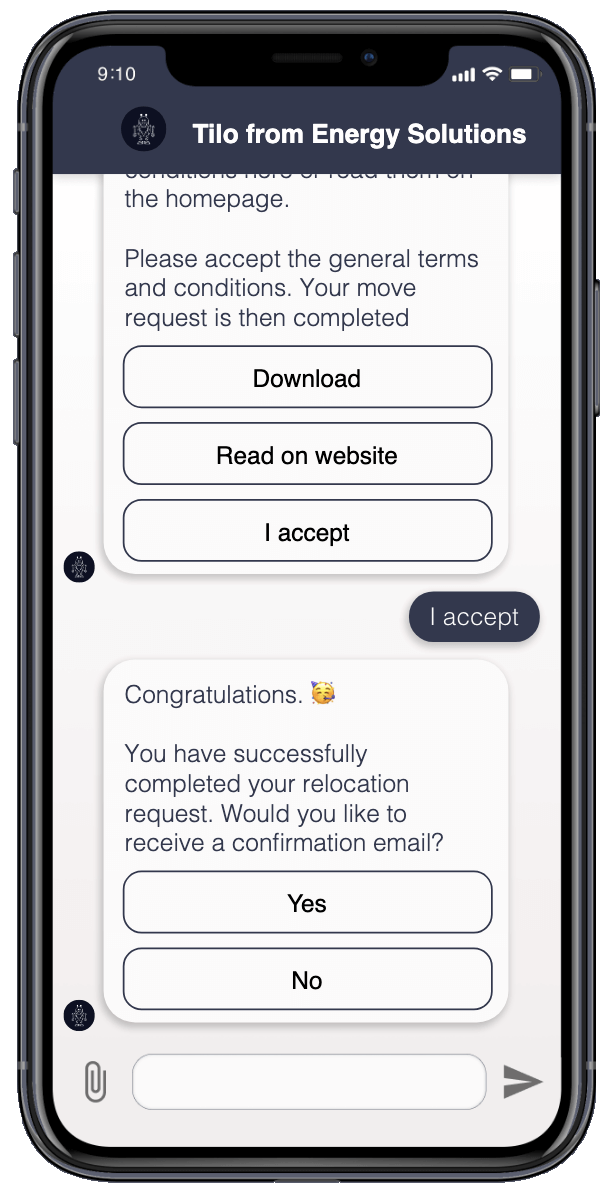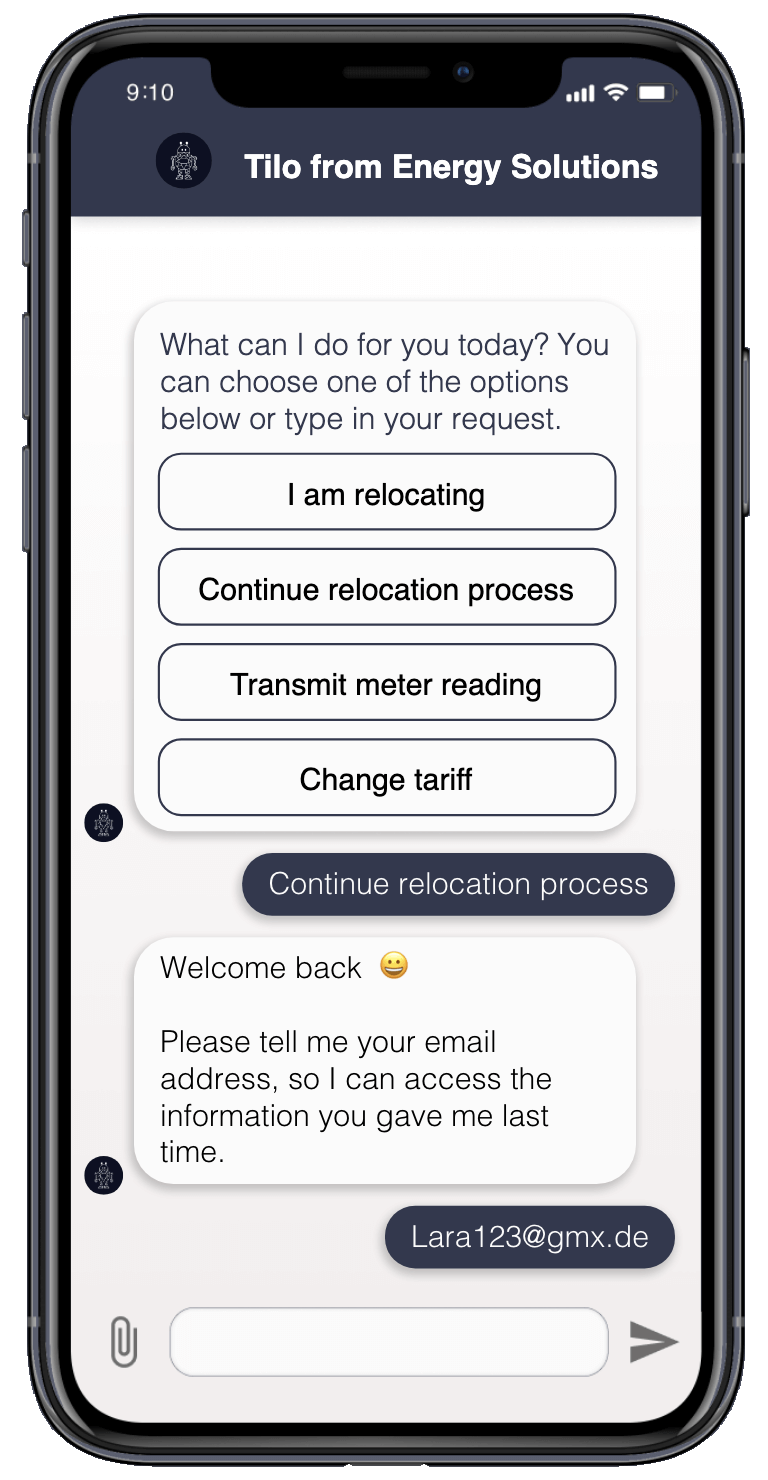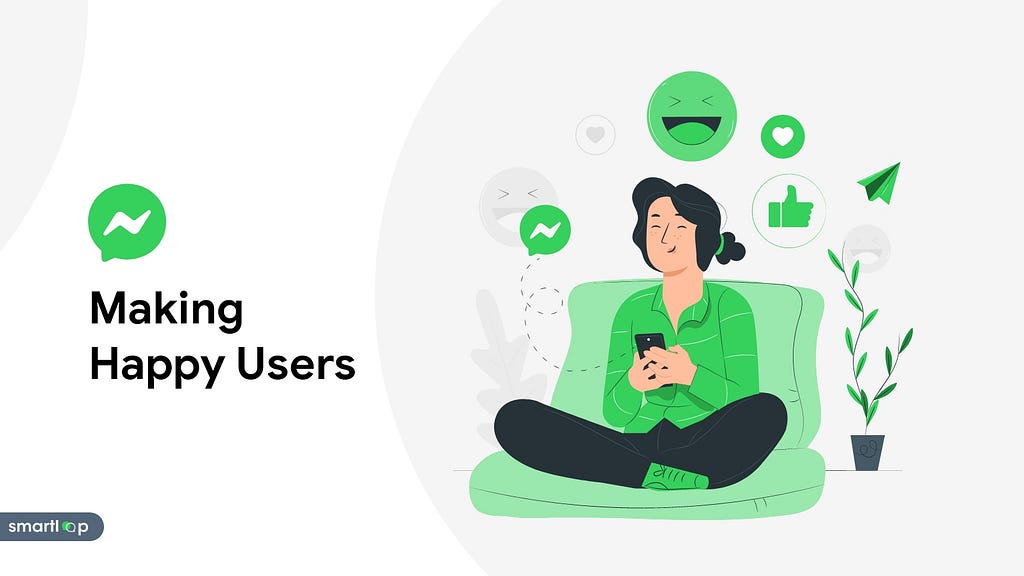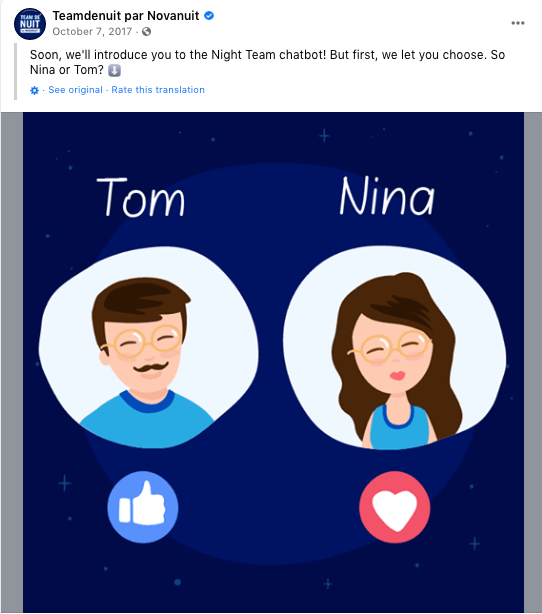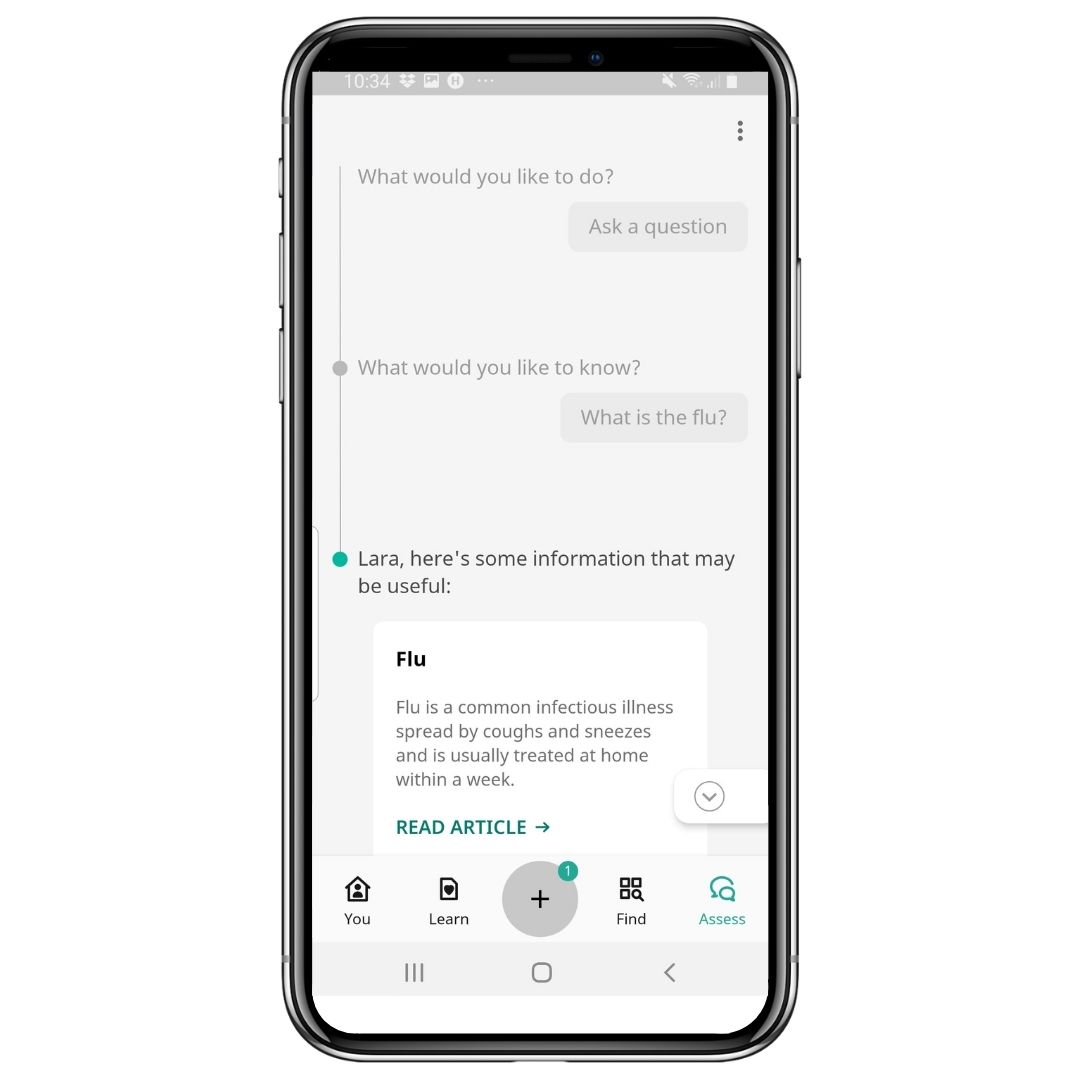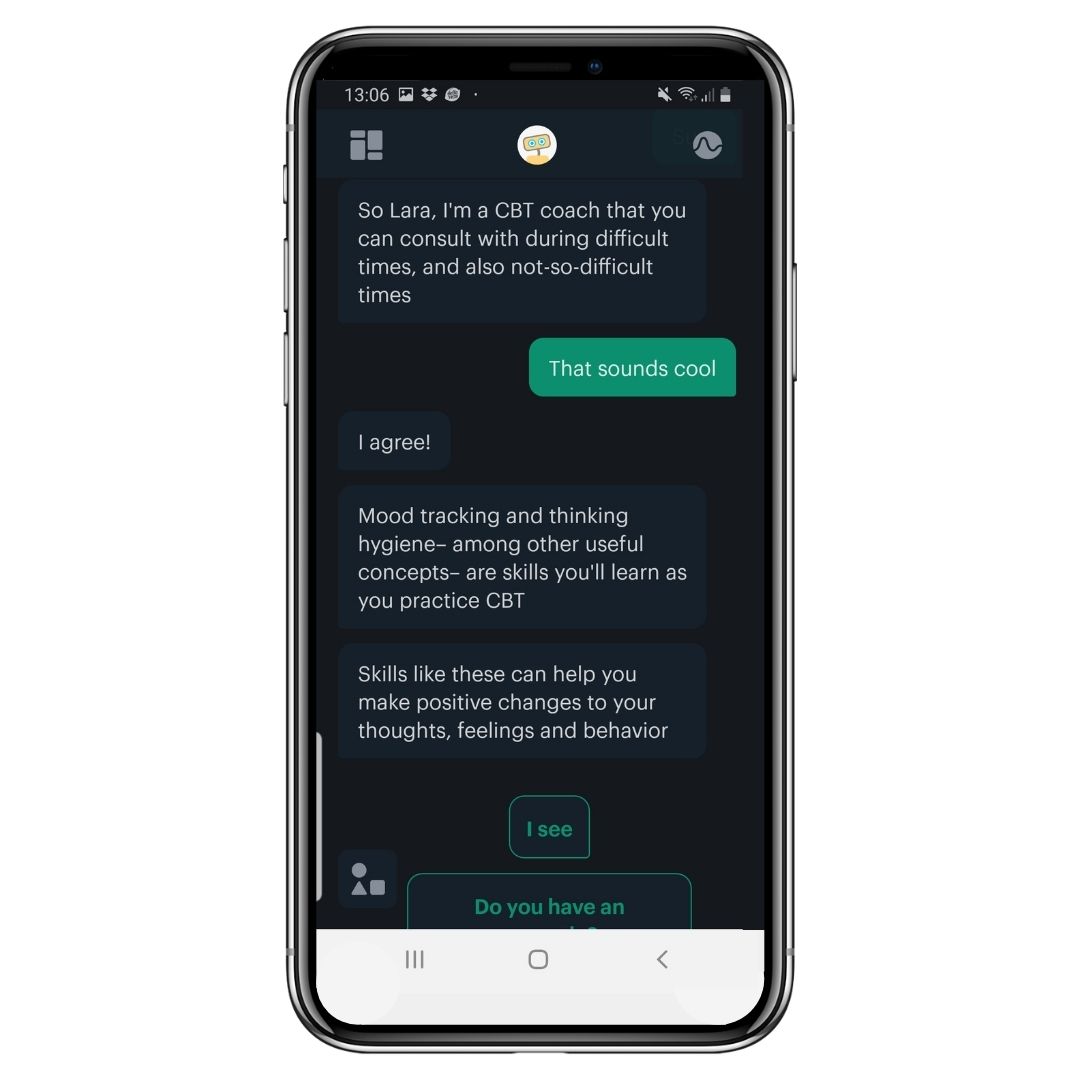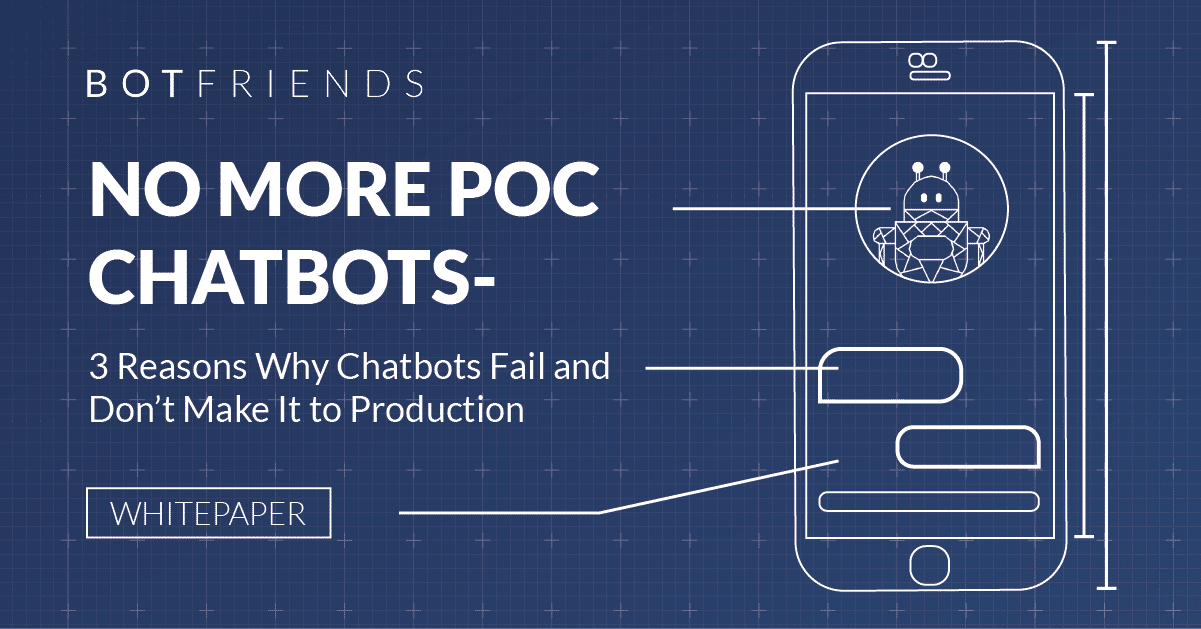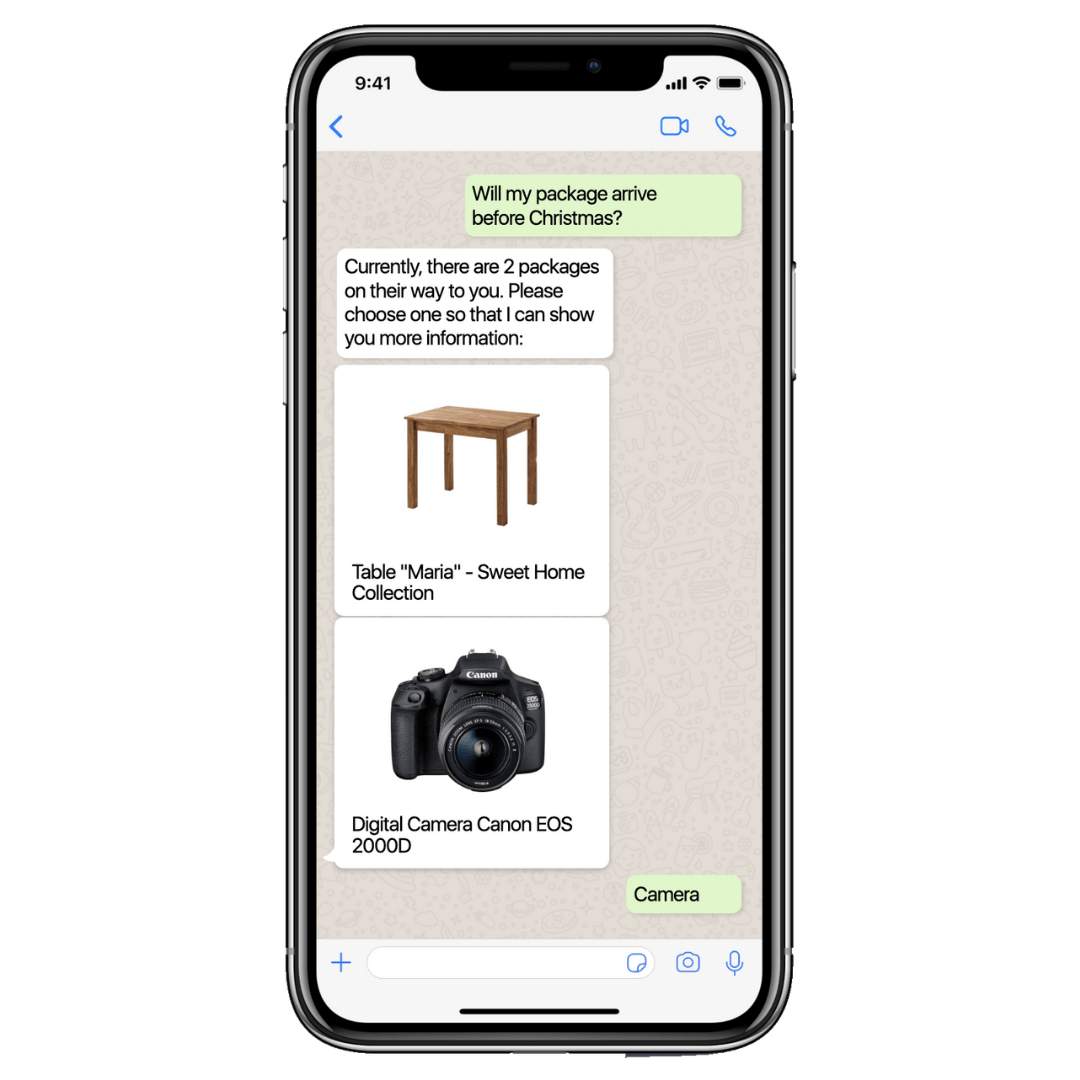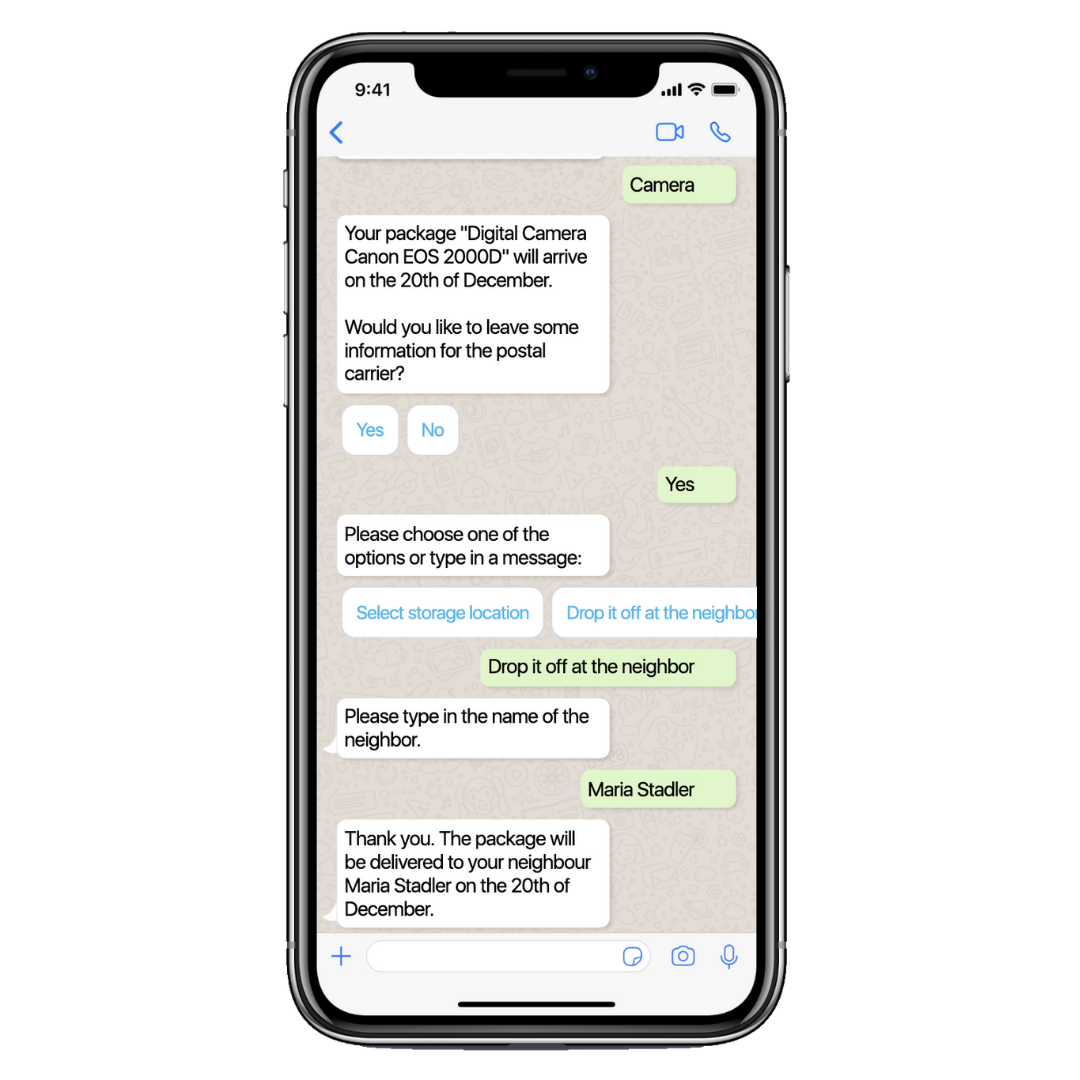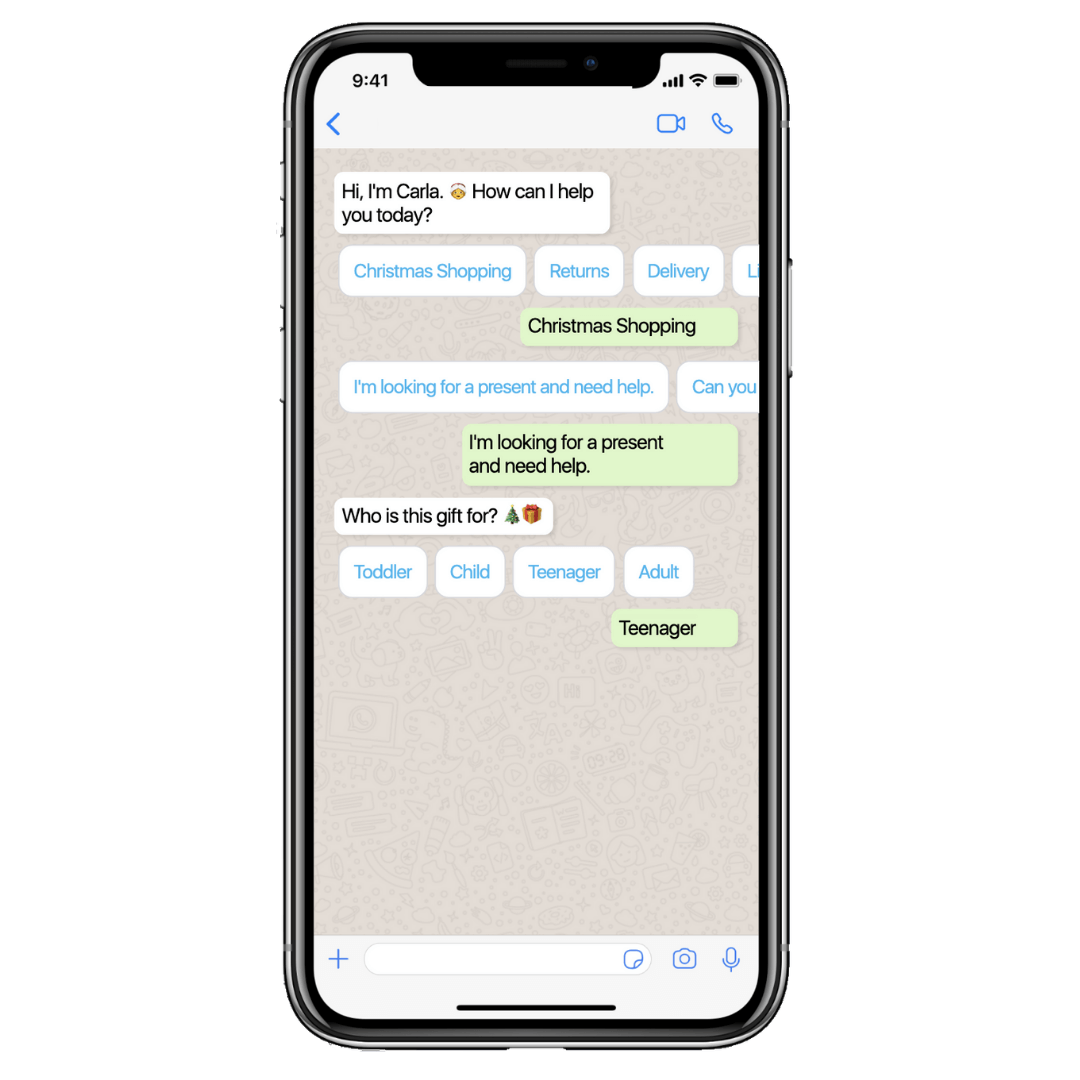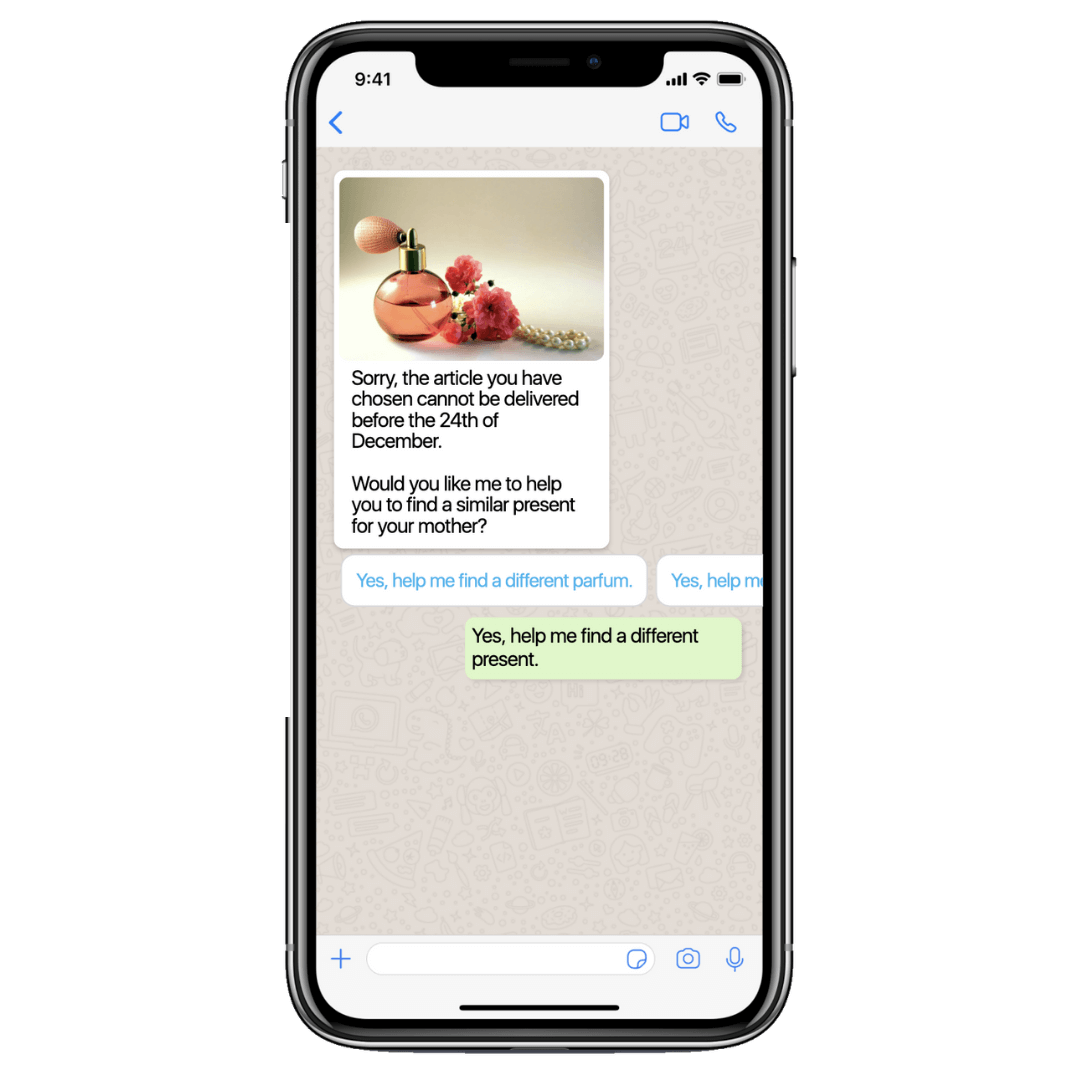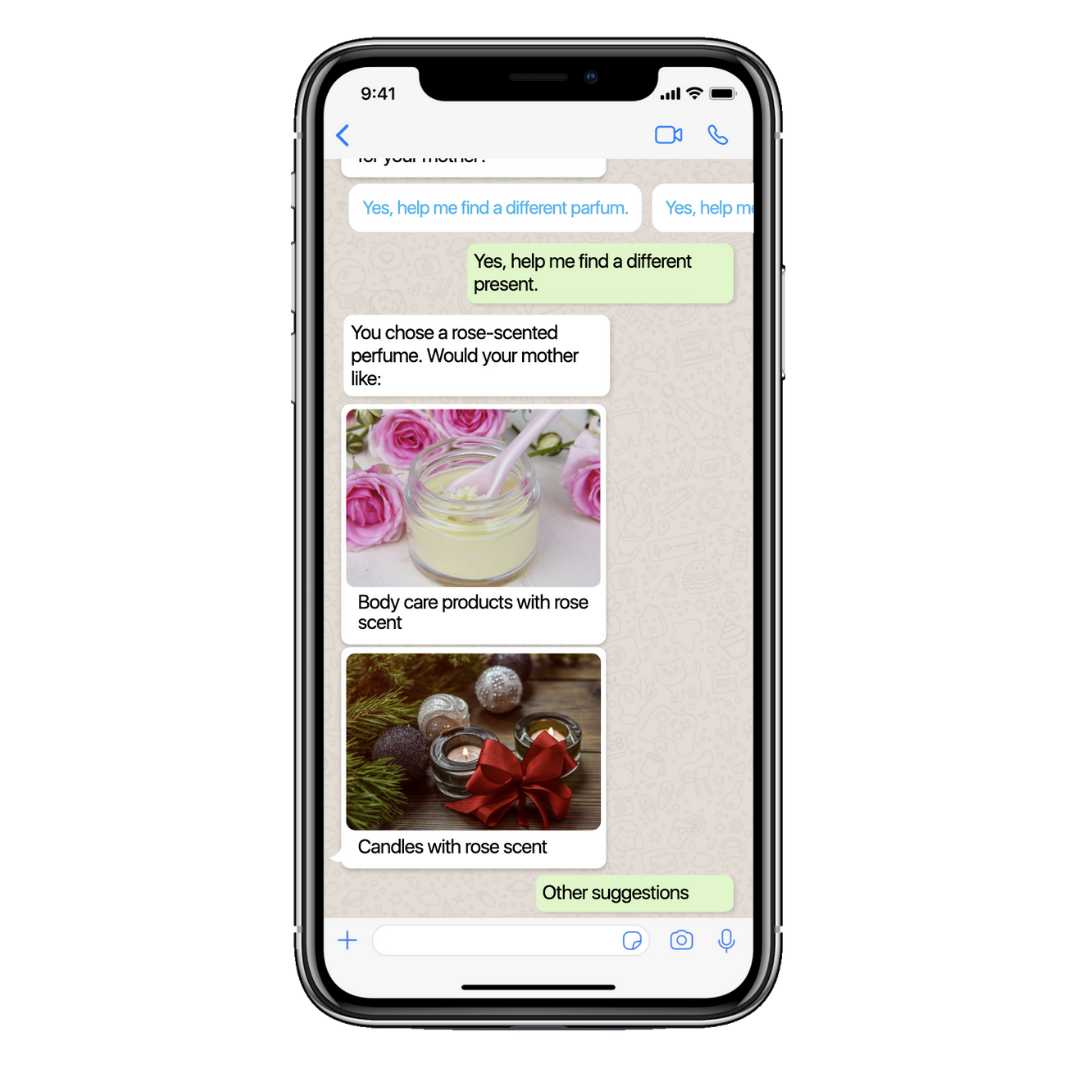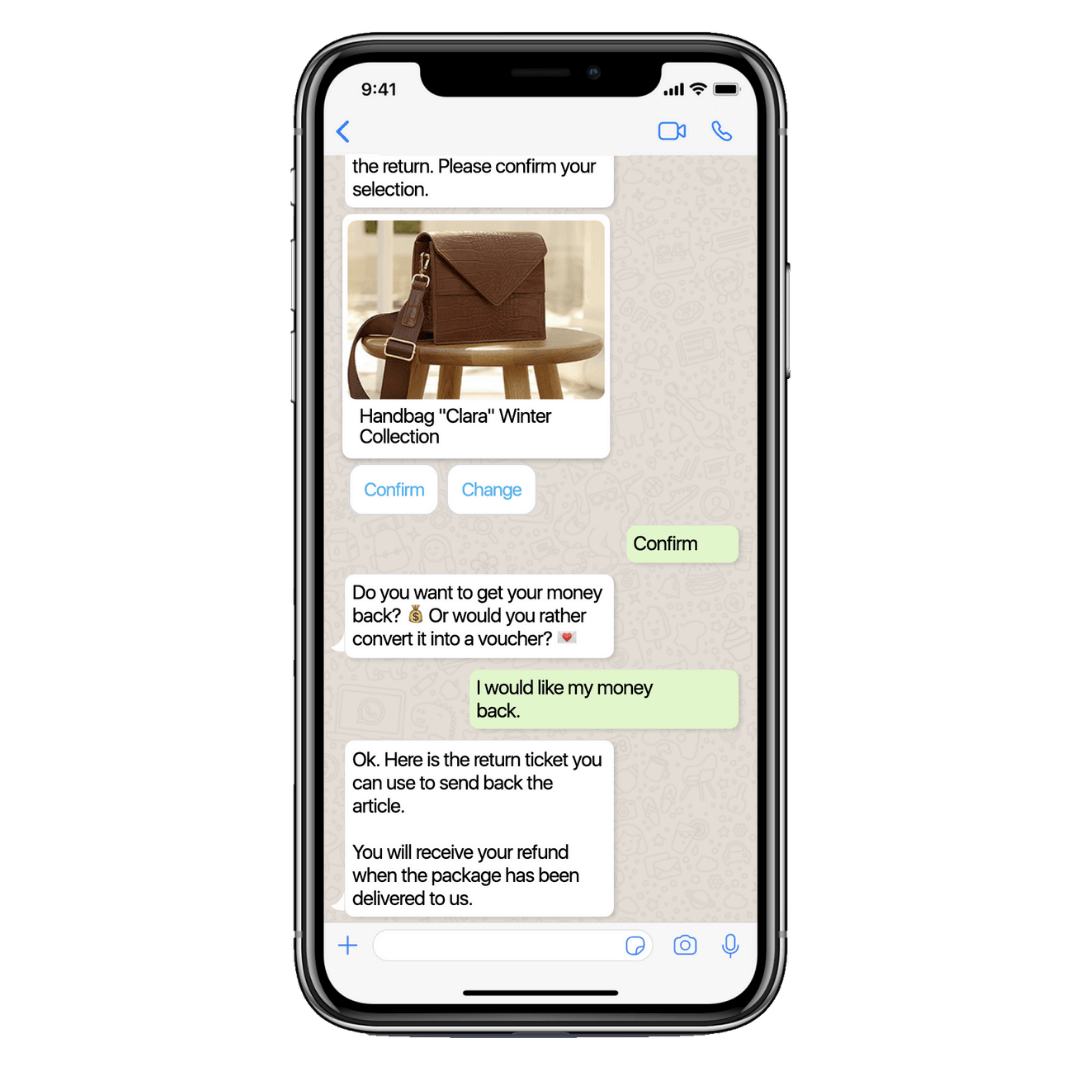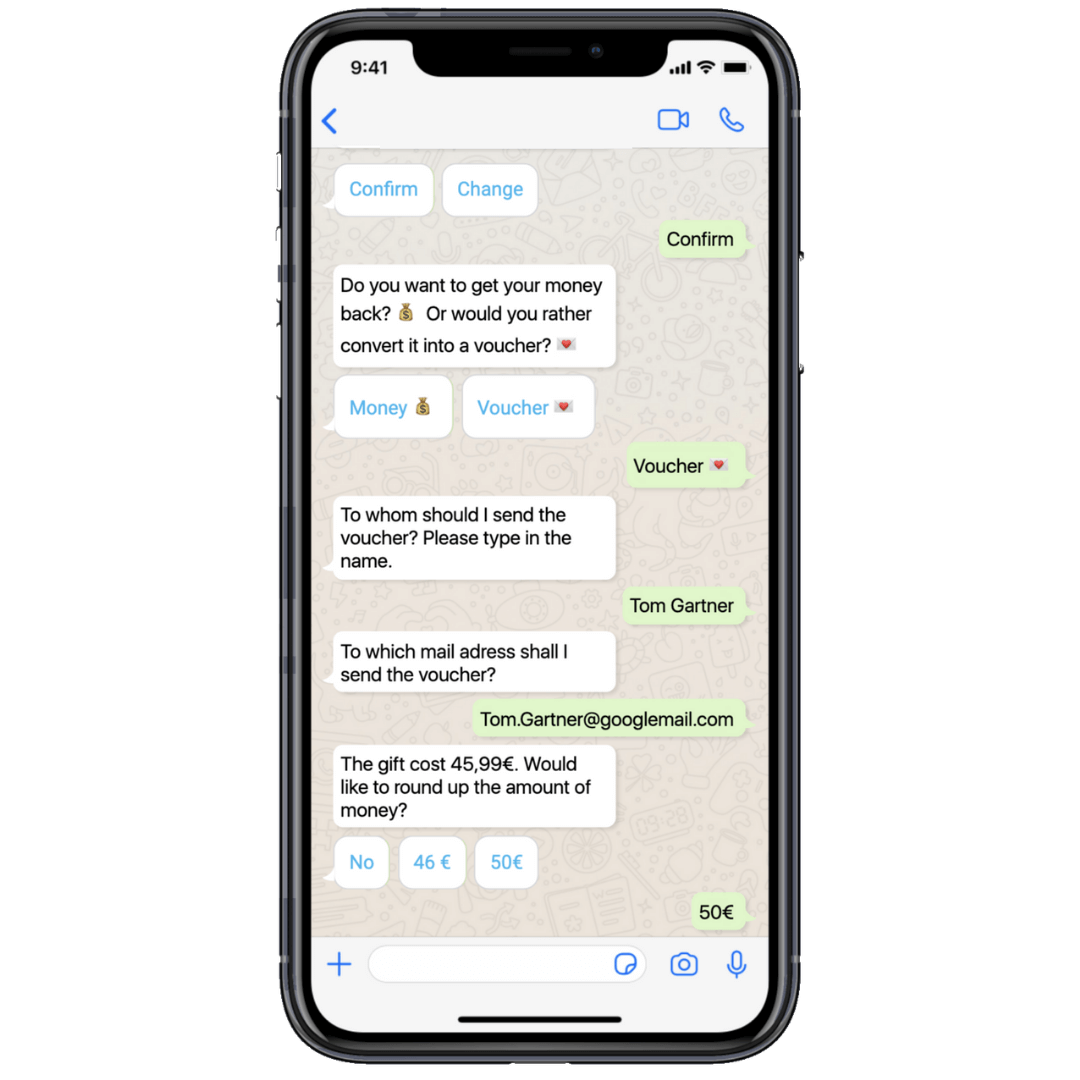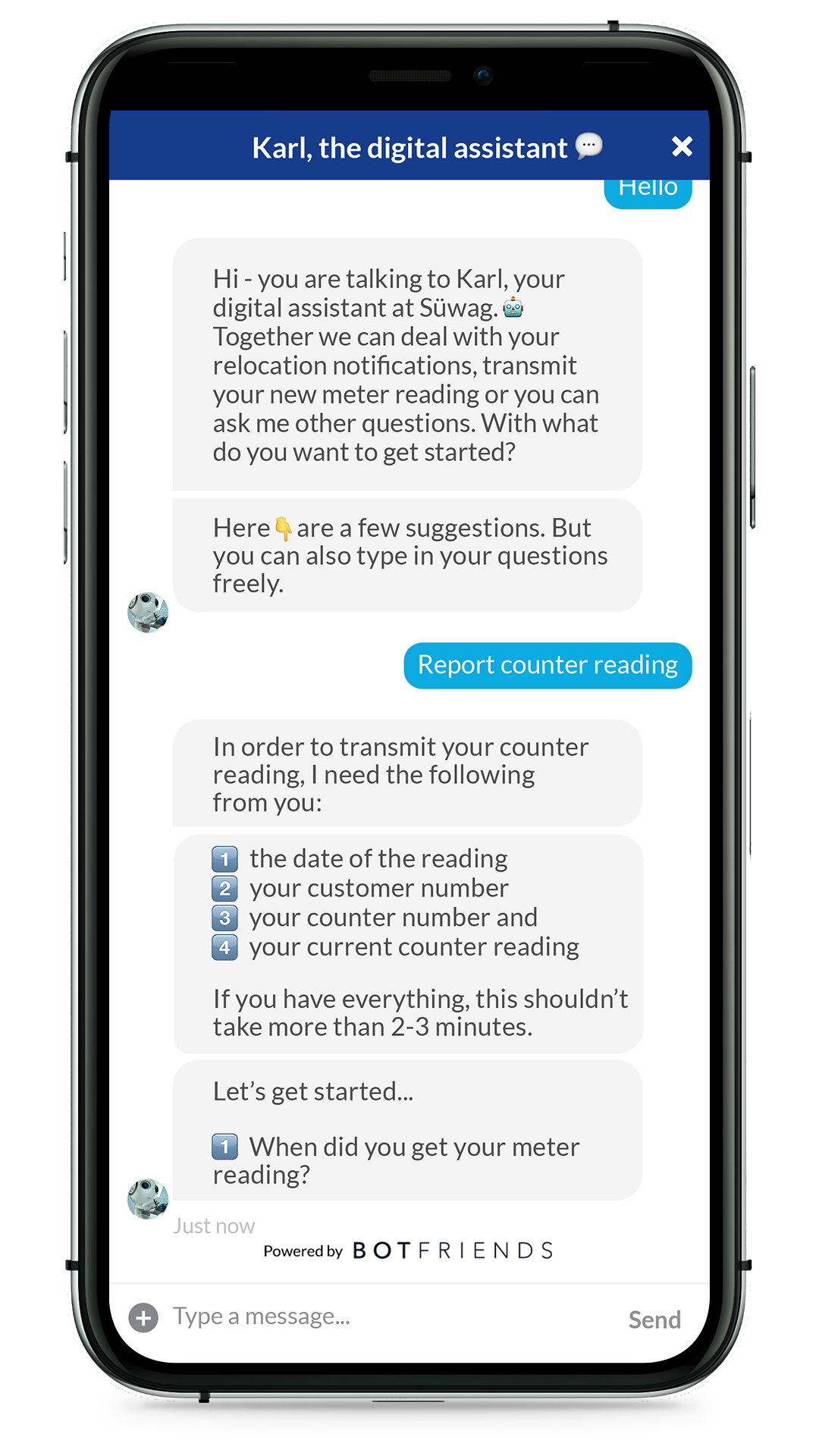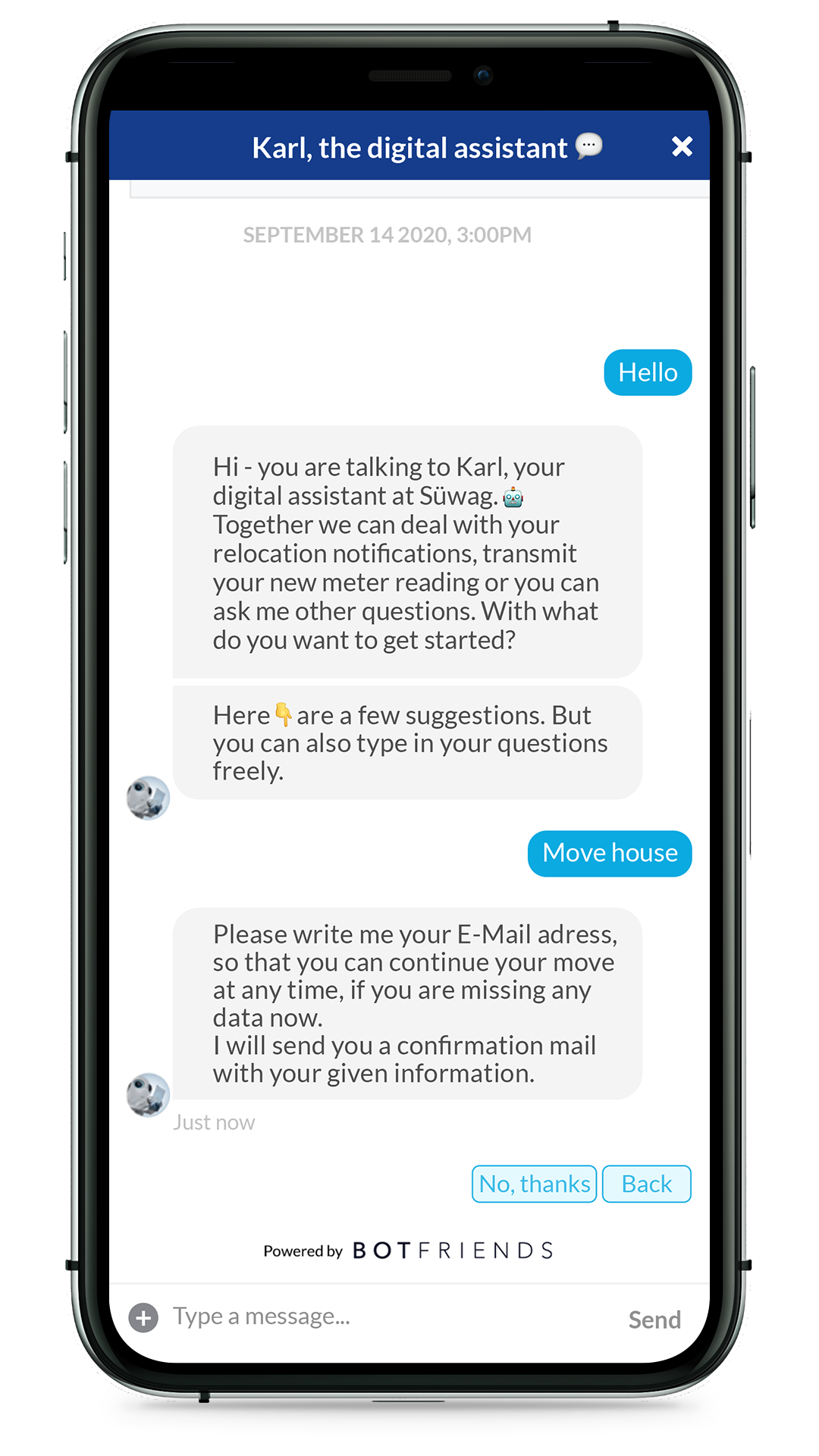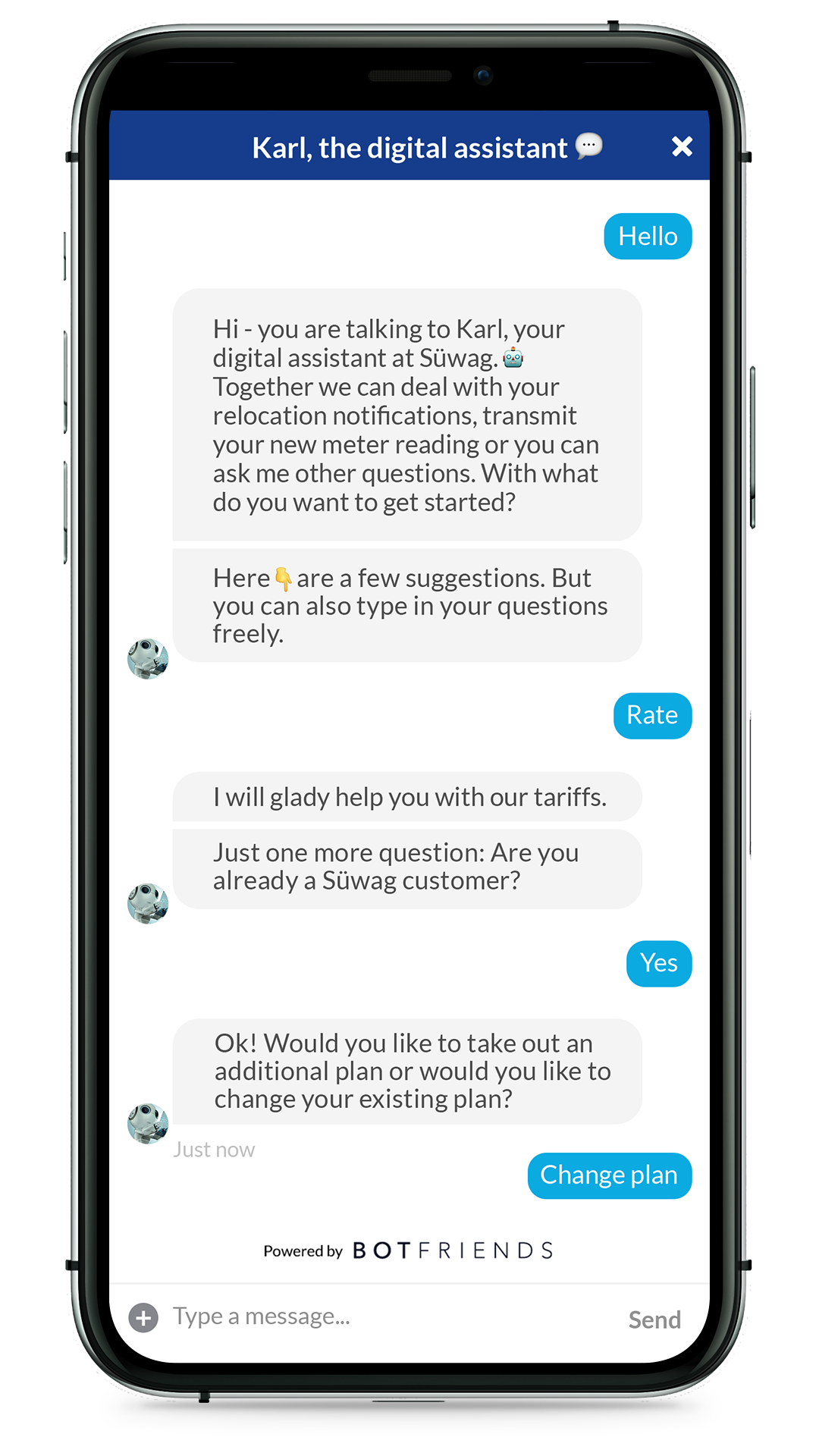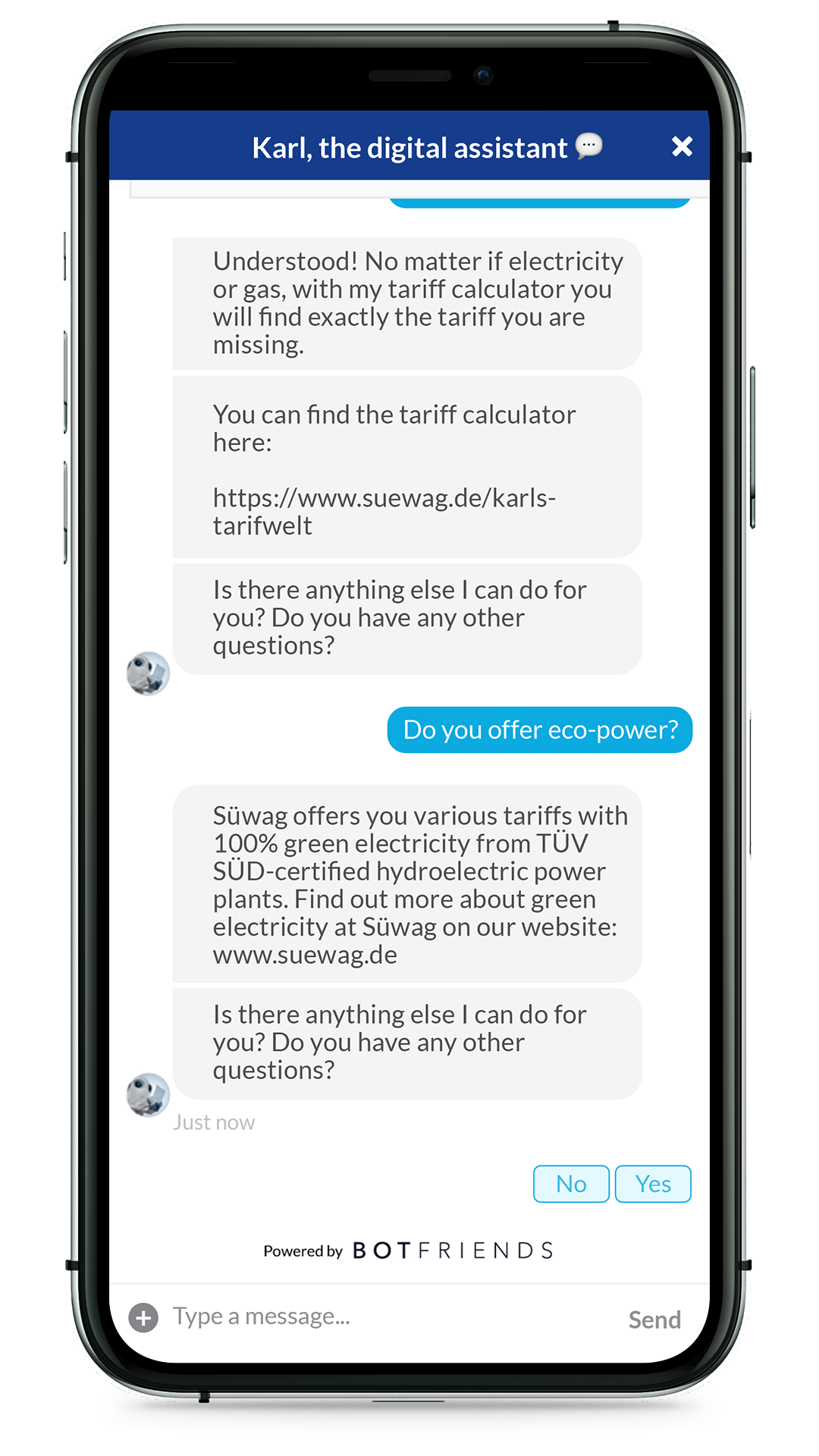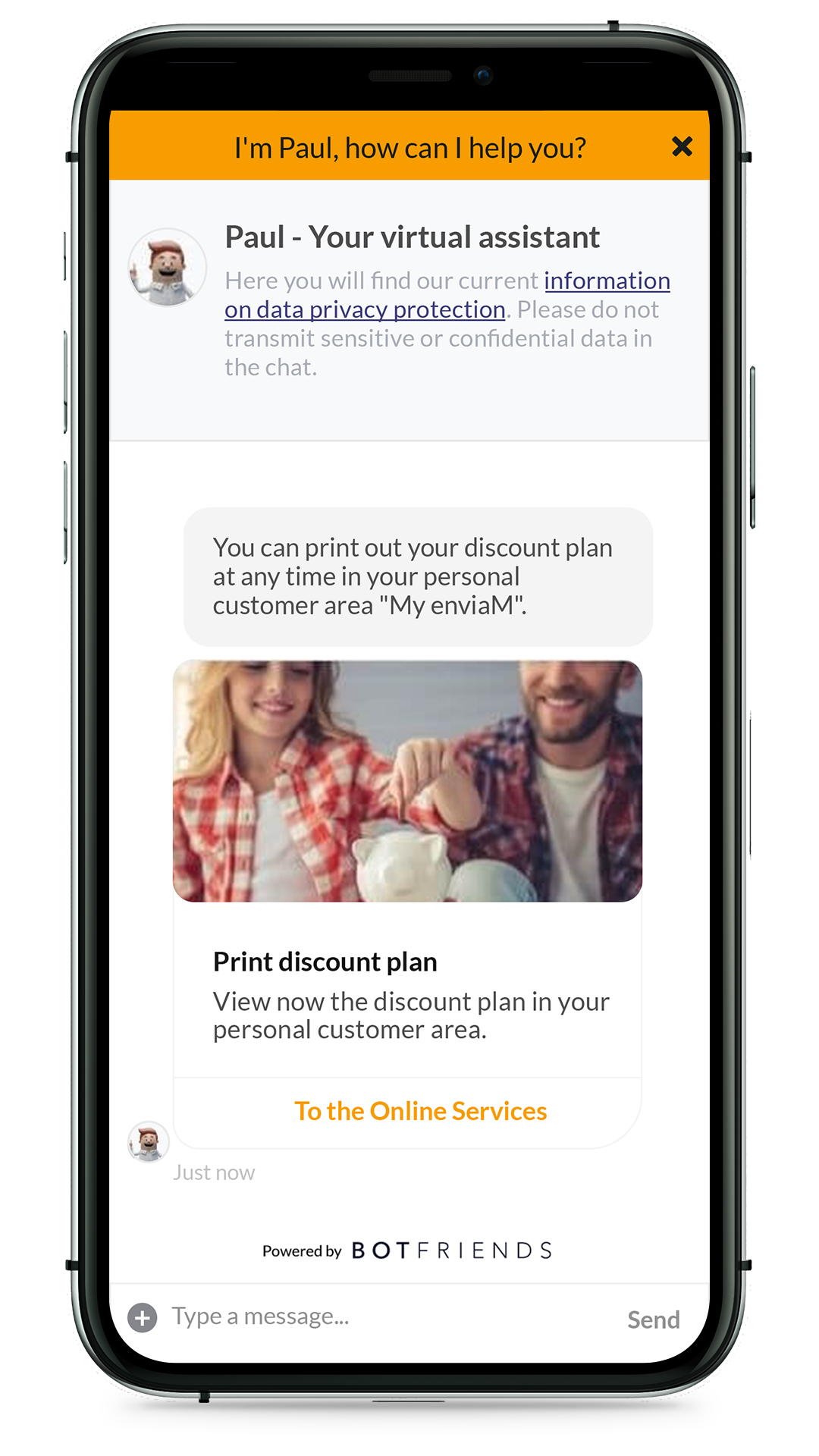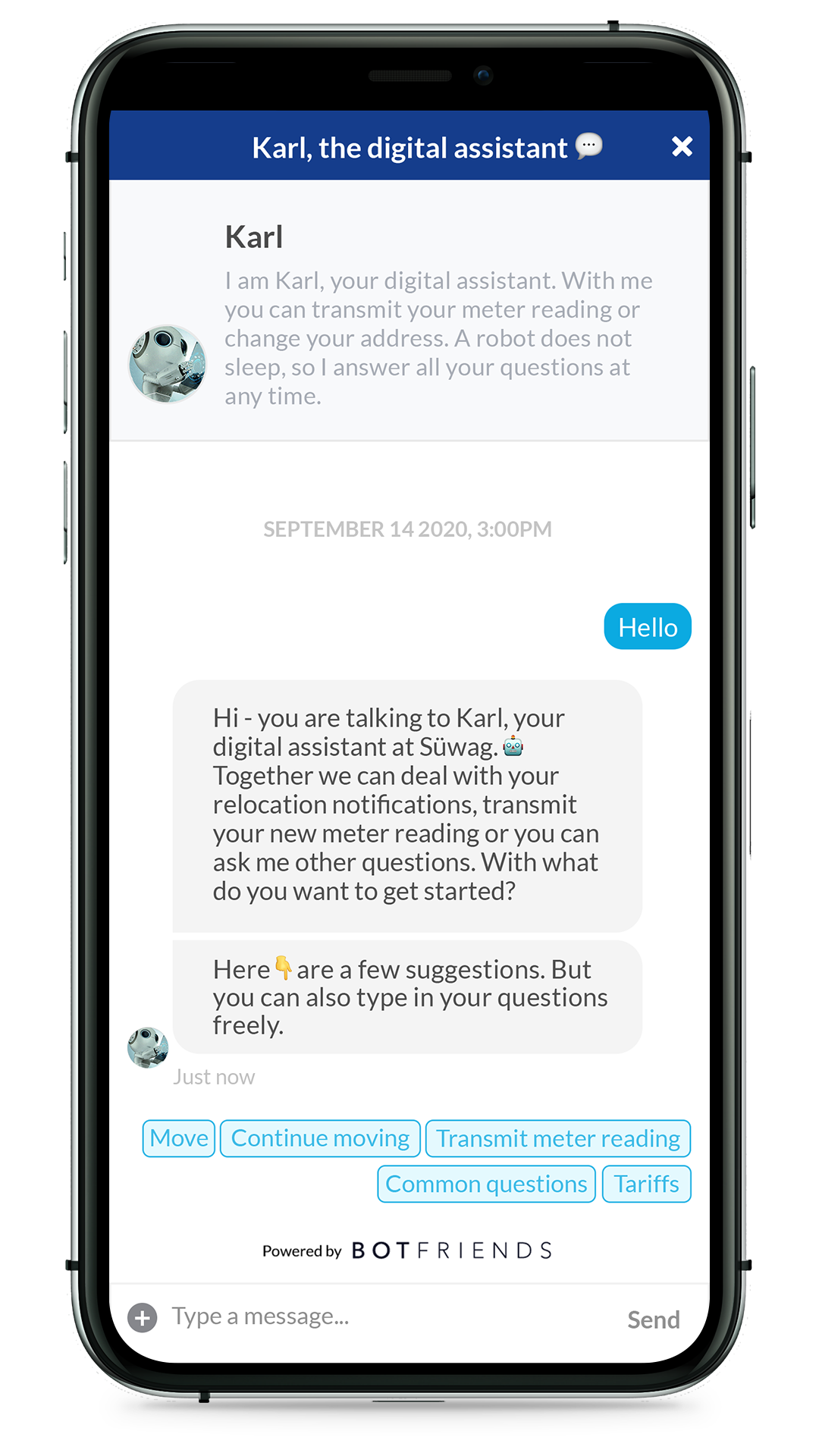In den letzten Jahren haben große Konzerne wie Apple oder Google die Gesundheitsbranche ins Visier genommen. Dieser Markteintritt der Technologiekonzerne birgt ein hohes disruptives Potenzial für die Gesundheitsbranche. Die Big Player Amazon, Google, Apple und Co sind nicht nur finanzstark und verfügen über Technologiekompetenz und Cross – Industry Erfahrung. Sie bringen auch eine andere, vor allem datengetriebene, Perspektive auf diese Branche mit.
Die fünf größten Technologiekonzerne – Alibaba, Alphabet, Amazon, Apple und Tencent – haben zwischen 2014 und 2019 zusammen mehr als 3.500 Patente für den Bereich Gesundheitsversorgung angemeldet. (“Future of health” von PwC)
Healthcare-Experte Dr. Thomas Solbach schätzt, dass diese Unternehmen mittlerweile über mehr als 6000 gesundheitsbezogene Patente verfügen. Darüber hinaus sind diese Konzerne als Plattformanbieter auch in der Lage das Vertriebsmodell der Pharmabranche anzugreifen.
Aber wie gehen die Konzerne dabei vor und welches Selbstverständnis haben sie dabei?
Apples Vision von einer individuelleren Betreuung in der Gesundheitsbranche
“If you zoom out into the future, and you look back, and you ask the question, ‘What was Apple’s greatest contribution to mankind?’ It will be about health,” Tim Cook, CEO Apple
Um diese Vision zu erreichen setzt Apple zum einen auf eigene Produkte, zum anderen auf Kooperationen mit anderen Unternehmen in der Gesundheitsbranche:
Das Kernprodukt ist die Apple Watch, die zum Beispiel eine Aktivitätsverfolgung und eine Herzüberwachungsfunktion bietet. Sie kann des weiteren mit Gesundheits – Apps anderer Anbieter verbunden werden. Apple selber bietet darüber hinaus ergänzende Produkte wie das Blutzuckermessgerät One Drop. Dieses kann mit der Uhr verbunden werden. So können Diabetiker ihre Messdaten sofort über die Uhr speichern und jederzeit abrufen.
An dieser Stelle kommt das nächste Standbein von Apples Bestrebungen im Gesundheitsgeschäft ins Spiel: Apple Health. Mit der Software sollen medizinisches Fachpersonal und Ärzte auf Patienteninformationen wie Laborergebnisse und die medizinische Vorgeschichte der Patienten über ihr iPhone, iPad oder eben auch einer Apple Watch zugriff haben.
Ein Beispiel für eine Kooperation Apples mit anderen Medizinunternehmen ist die Partnerschaft mit dem Medizintechnikunternehmen Zimmer Biomet. Zusammen wollen sie eine App entwickeln, mit der untersucht werden soll, warum manche Patienten sich schneller von bestimmten Behandlungen erholen als andere.
Amazon wird zur Online Apotheke und bietet Gesundheitsinformationen über den Voice Asisstenten Alexa
Der Versandhandel Amazon verfügt nicht nur über eine einmalige Infrastruktur, mit der Verbraucher innerhalb kürzester Zeit Produkte zugestellt werden können, sondern auch über einen riesigen Pool an Kundenkontakten, die alle potentielle Patienten sind.
Mit Amazon Pharmacy hat Amazon eine eigene Online Apotheke aufgebaut, die das enorme Logistiknetz von Amazon nutzen kann.
Ein Pilotprojekt von dem Versandriesen ist Amazon Care. Das Angebot umfasst sowohl virtuelle als auch persönliche ärztliche Betreuung, mit Telehealth über App, Chat und Remote-Video, sowie Folgebesuche und die persönliche Abgabe von verschreibungspflichtigen Medikamenten direkt zu Hause oder im Büro. Der Service steht derzeit nur für Mitarbeiter in um um Seattle zur Verfügung.
Diese Idee ist nicht neu, auch Apple bietet seinen Mitarbeitern medizinische Behandlungen in eigenen Krankenhäusern. Jedoch lassen der stark gebrandete Auftritt des Portals und die Vermarktung vermuten, dass eine Öffnung des Angebots auch für andere Personengruppen vielleicht schon angedacht ist.
Ein weiterer cleverer Schachzug von Amazon war, den Voice Assistenten Alexa mit neuen Skills für den Gesundheitsbereich auszustatten. So können Nutzer mit Alexas Hilfe einen Arzt finden, einen Termin ausmachen und Status Updates für ihre Medikamentenlieferung bekommen. Mitglieder des ERAS Programms der Bostoner Kinderklinik können über den virtuellen Assistenten sogar Informationen zu ihren Operationen erhalten.
Google setzt auf Künstliche Intelligenz, Chatbots und Voicebots
Die Suche nach dem richtigen Arzt beginnt bei vielen Patienten mit Google Maps. Und vor und nach einem Arztbesuch nutzen sie Google, um sich zu informieren. So betrachtet, hat Google schon lange im Gesundheitsgeschäft mitgemischt.
“I believe Google is already a health company. It’s been in the company’s DNA from the start.” David Feinberg, Head of Google Health
Um weitere Services bieten und sich noch stärker positionieren zu können, entwickelte Google nun zum Beispiel Healthcare Natural Language API und AutoML Entity Extraction for Healthcare. Mit diesen Artificial Intelligence Tools können Organisationen im Gesundheitswesen beim Scannen und Analysieren großer Mengen unstrukturierten Textes unterstützt werden. Der EHR Voice Assistant Suki von Google Cloud hilft medizinischen Personal bei der Dokumentation und der Verwaltung.
Der Konzern setzt stark auf künstliche Intelligenz und Conversational AI, um in der Diagnostik oder bei der Verwaltung von Daten zu helfen.
Was bedeutet das für die alteingesessenen Player der Gesundheitsbranche?
Pharma- und Medizinunternehmen müssen in Zukunft nicht nur untereinander, sondern auch mit diesen finanzstarken und hoch innovativen Großkonzernen konkurrieren.
Dabei haben sie die Wahl, ob sie eigene Wege gehen wollen oder Kooperationen mit den großen Konzernen oder Start Ups eingehen wollen, um diese Entwicklung aktiv mitzugestalten.
Der erste Schritt hierzu ist eine gründliche Analyse des eigenen Know Hows und des Produktportfolios um herauszufinden,welche Use Cases möglich und erfolgversprechend sind.
In unserem Whitepaper haben wir 11 Use Cases für die Pharma- und Medizinbranche zusammengestellt. Diese können als Orientierung und Inspiration dienen, wo Unternehmen mit Chatbots, Voicebots und virtuellen Assistenten Digital Health für sich realisieren können.
Der Beitrag Wie Google, Apple und Amazon die Gesundheitsbranche verändern erschien zuerst auf BOTfriends.








